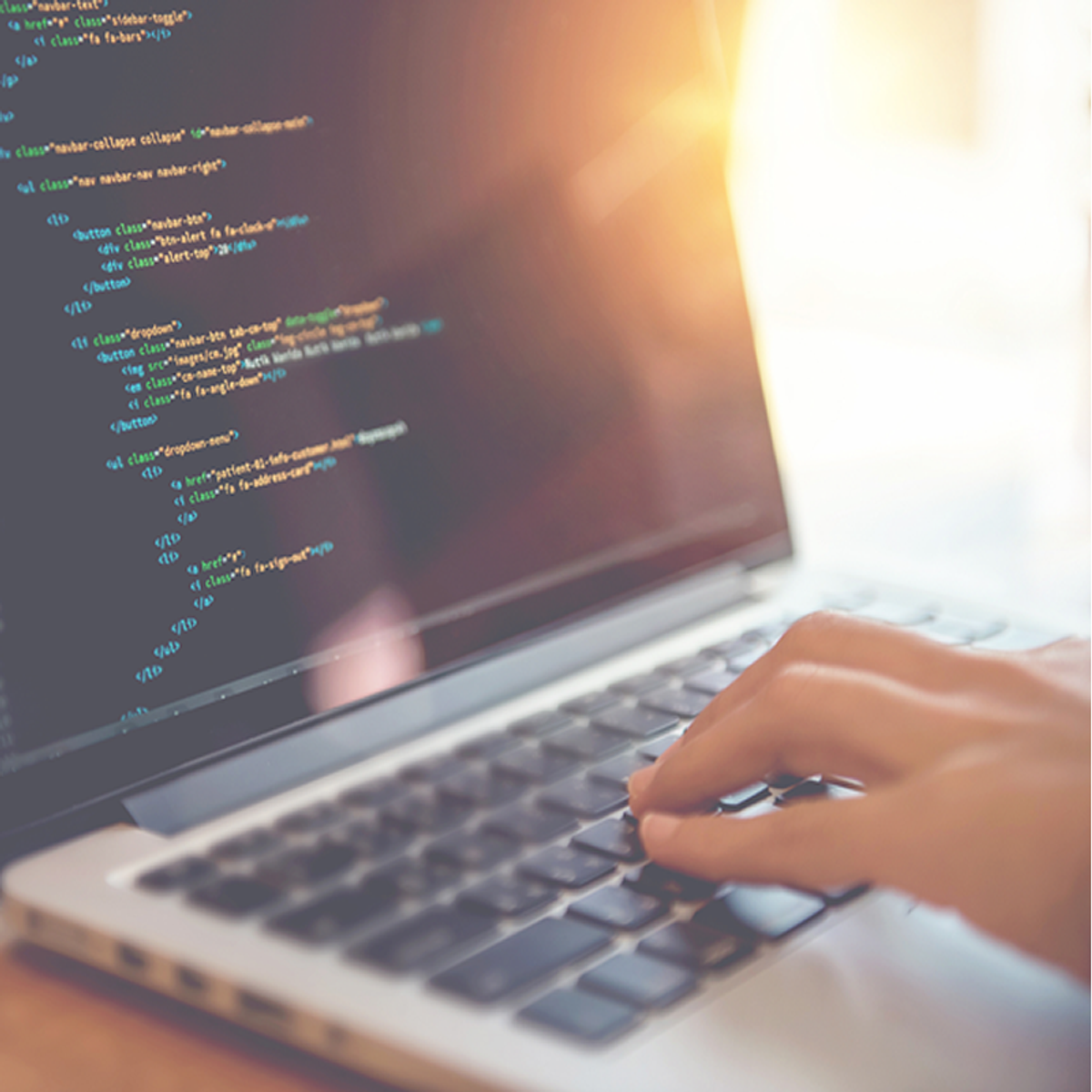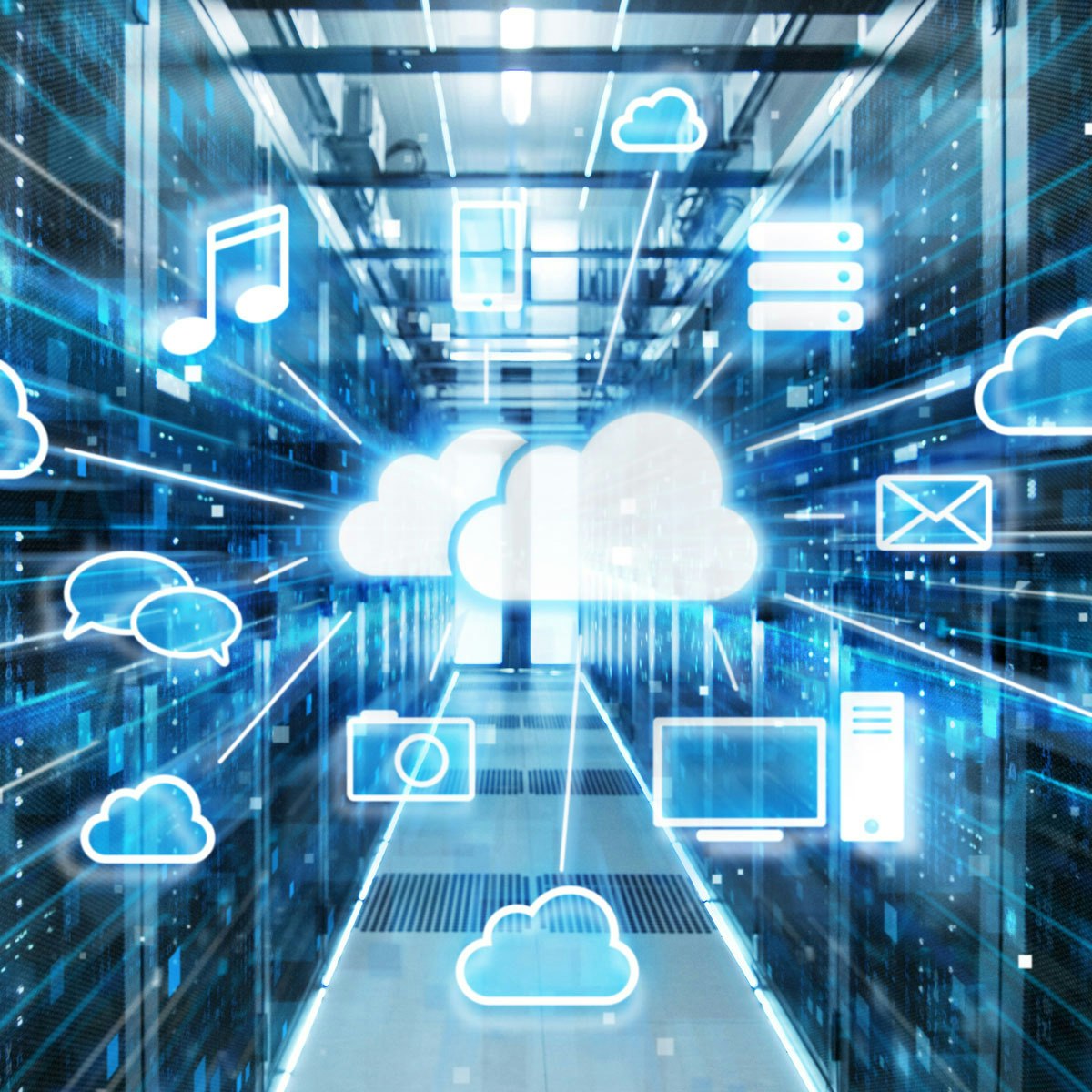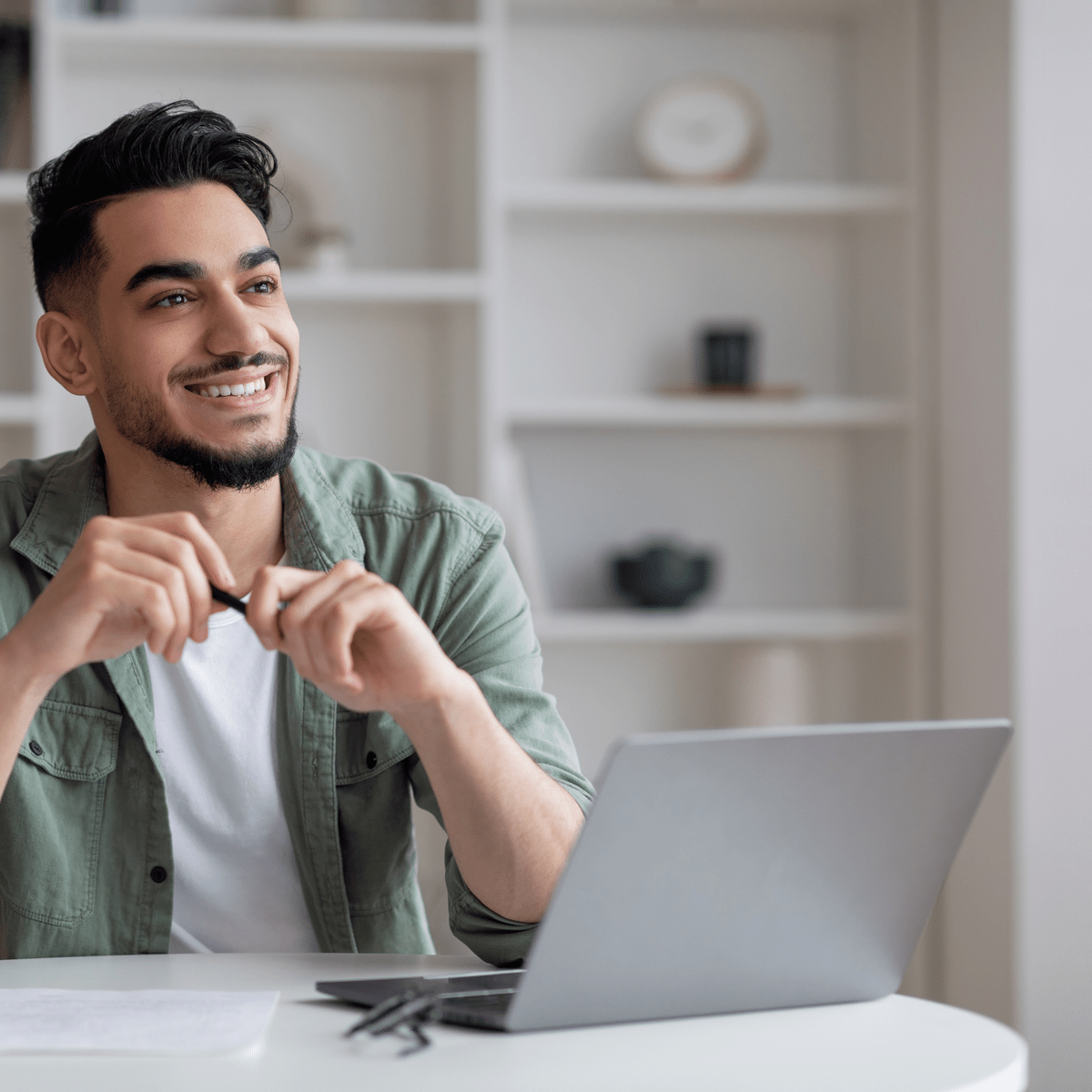Back to Courses









Mobile And Web Development Courses - Page 14
Showing results 131-140 of 456

Build a website using Wix Artificial Design Intelligence
In this 1.5-hour long project-based course, you will learn how to build a stunning and unique website using Wix Artificial Design Intelligence using different combinations of layouts, themes, fonts, designs & sections. You will also be able to communicate with your customers via Inbox & chat available in Wix's dashboard. Wix ADI is one of the first-ever AI solutions for website design and creation. Wix is the leader in drag & drop web design and we are going to allow Wix’s Artificial Intelligence technology to create a “tailored” website for each of us. What it means is, all of us are going to end up with unique websites. No two sites are going to be the same. This means that by the end of this project, you will have your own unique & tailored website on the internet through which you can accept booking, accept payments and have a conversation with your customers.
Note: This course works best for learners who are based in the North America region. We’re currently working on providing the same experience in other regions.

Application Programming Fundamentals
In Object-Oriented Concepts, we will introduce the core concepts behind modern, object-oriented, programming. We will discuss objects, classes, messaging, inheritance, polymorphism, and more. As with Fundamentals of Programming, we will illustrate the concepts using the Python language, but they will be portable to other object-oriented programming languages.
This course includes hands-on labs where you will learn to write and execute programs.

Web Application Technologies and Django
In this course, you'll explore the basic structure of a web application, and how a web browser interacts with a web server. You'll be introduced to the Hypertext Transfer Protocol (HTTP) request/response cycle, including GET/POST/Redirect. You'll also gain an introductory understanding of Hypertext Markup Language (HTML), as well as the overall structure of a Django application. We will explore the Model-View-Controller (MVC) pattern for web applications and how it relates to Django. You will learn how to deploy a Django application using a service like PythonAnywhere so that it is available over the Internet.
This is the first course in the Django for Everybody specialization. It is recommended that you complete the Python for Everybody specialization or an equivalent learning experience before beginning this series.

Advanced Programming in Kotlin
Get ready to expand on your Kotlin skills to create common advanced functionality that typical Android apps need. You’ll start off with lifecycle management, which will allow you to implement an app with an Activity. You’ll also practice more advanced object-oriented features of Kotlin by declaring an object in Android and implementing companion objects. This course will also introduce you to the basics of unit testing in Android to ensure that your applications function as intended. You’ll also dive deeper into the world of functional programming.
Finally, you’ll create the functionality we see so often in apps with large lists of items, such as filtering features. You’ll create collection processing functions to process collections in different ways, even when there are multiple steps, and build your own list with filtering and sorting functionality.

Write a University Index Web App with VueJS
Write a University Index Web App with VueJS

Enhance User Interface Design with Mood Boards in Miro
By the end of this project, you will be able to create a mood board that can be leveraged to enhance user interface design.
To do this, you will gain hands-on experience applying design thinking, user interface knowledge, and context from each step of the customer journey to create a mood board in the Miro online visual collaboration platform for teamwork.
Note: This course works best for learners who are based in the North America region. We’re currently working on providing the same experience in other regions.

Create a Picture Puzzle using Java Swing
In this 1-hour long project-based course, you will learn how to create a fully functioning picture puzzle game using Java and Swing toolkit. Java is one of the most in demand programming languages, and using the Swing toolkit with it will give you a chance to easily implement many game applications. Throughout the project, you will be able to identify and use most of the components inside the Swing toolkit , which includes creating and using JFrames, JPanels and all the necessary components you will require in order to create your own customized games using Java in Eclipse.
Note: This course works best for learners who are based in the North America region. We’re currently working on providing the same experience in other regions.

Introduction to Cloud Computing
This course introduces you to the core concepts of cloud computing. You gain the foundational knowledge required for understanding cloud computing from a business perspective as also for becoming a cloud practitioner. You understand the definition and essential characteristics of cloud computing, its history, the business case for cloud computing, and emerging technology usecases enabled by cloud. We introduce you to some of the prominent service providers of our times (e.g. AWS, Google, IBM, Microsoft, etc.) the services they offer, and look at some case studies of cloud computing across industry verticals.
You learn about the various cloud service models (IaaS, PaaS, SaaS) and deployment models (Public, Private, Hybrid) and the key components of a cloud infrastructure (VMs, Networking, Storage - File, Block, Object, CDN). We also cover emergent cloud trends and practices including - Hybrid Multicloud, Microservices, Serverless, DevOps, Cloud Native and Application Modernization. And we go over the basics of cloud security, monitoring, and different job roles in the cloud industry.
Even though this course does not require any prior cloud computing or programming experience, by the end of the course, you will have created your own account on IBM Cloud and gained some hands-on experience by provisioning a cloud service and working with it.
This course is suitable for a large variety of audiences - whether you are an executive / manager / student who wants to become familiar with cloud computing terminology and concepts, or someone who wants foundational grounding in cloud computing to start a career in this field or become a cloud practitioner - such as a cloud engineer, developer, analyst, etc.
The completion of this course also makes you eligible to earn the Cloud Computing Core IBM digital badge. More information about the badge can be found here: https://www.youracclaim.com/org/ibm/badge/introduction-to-cloud-computing

React and Typescript: Utility Types and Template Literals
By the end of this course you will be able to start working with utility types and template literals in React applications. We will start by focusing on the core utility types reinforced by code examples which start off simple to drill the concepts, and toward the end we gradually increase the complexity and variety of real world examples of higher order component logic utility.
This course is aimed at developers who are familiar with React in general and Typescript specifically, understand the basics well, and would like to have some more experience, especially using some of the more advanced and dynamic development patterns in React.

The Full Stack
Practice bringing together multiple skills to build a full-stack Django app. You’ll start by setting up an environment for a local practical project, and refactoring the front and back-ends of an existing application. You will then have the opportunity to create the front and back-ends of a new application using your full-stack developer skills.
Popular Internships and Jobs by Categories
Find Jobs & Internships
Browse
© 2024 BoostGrad | All rights reserved